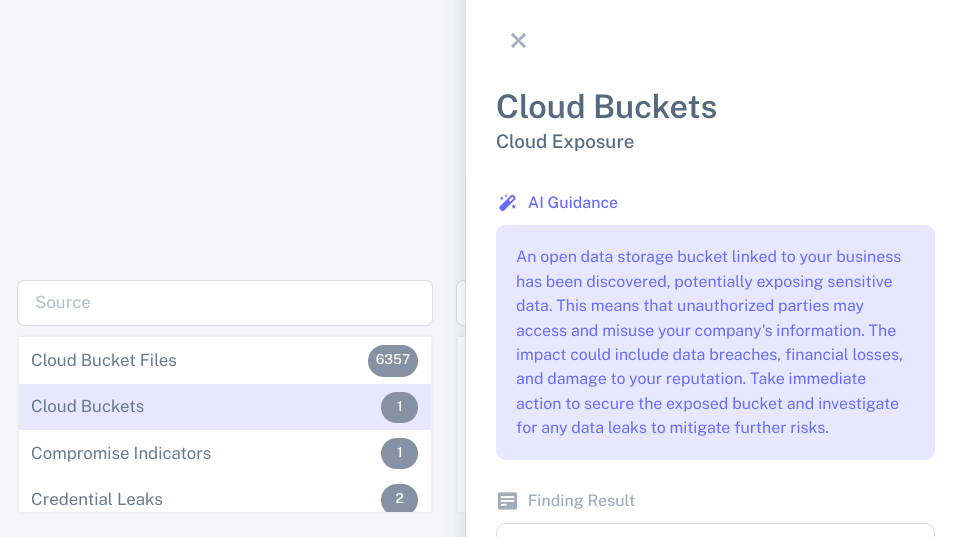Start monitoring today.
Begin monitoring threat intelligence to act before attackers do.
Get Started
2024-11-01 Information Requirements Active Threats
The fast-paced changes in the field of cyber security continually present new exploits, posing considerable difficulties for both businesses and individuals. These emerging vulnerabilities—often sophisticated and challenging to identify—greatly endanger the safety and reliability of digital resources. Managing these novel exploits entails comprehending their discovery process, reporting mechanisms, as well as capitalizing on tools such as Common Vulnerabilities and Exposures (CVEs). This understanding is vital in formulating a solid cyber threat intelligence plan.
Newly developed or recently identified cybersecurity vulnerabilities represent emerging threats that have the potential to jeopardize systems and information. The inherent danger of these threats lies in their novelty, often remaining undetected by both the general public and cybersecurity experts, making them challenging to guard against. Such hazards can vary widely from zero-day vulnerabilities, where a solution or patch hasn't been made available, to advanced malware and ransomware incursions.
A primary challenge associated with new threats is their unexpectedness and unfamiliarity. These threats haven't been encountered or have recently evolved, causing even the most robust security frameworks to be potentially unprepared. This lag in reaction can result in major breaches of data, significant monetary setbacks, and harm to an entity's standing within its industry. When emerging threats exploit critical infrastructure, serious interruptions in operations can result.
New threats are identified using a range of techniques, such as regular audits, monitoring unusual activity, and reports from individuals who experience anomalies. The cybersecurity community is a critical part of threat discovery, with researchers and ethical hackers examining systems for weak spots. AI and machine learning algorithms are increasingly used to forecast new risks before they emerge.
Upon detection, nascent threats typically get reported to associated vendors, security teams within an organization, or directly to cybersecurity agencies. The notification process frequently includes a comprehensive threat analysis with detailed documentation to assist in the steps that follow, including developing effective countermeasures.
As the name implies, the Common Vulnerabilities and Exposures (CVEs) database is a public repository of documented vulnerabilities and exposures. Every record within the CVE database includes an identifying number and a detailed description. A primary objective of CVEs is to simplify and facilitate data sharing. CVEs serve as a leading critical resource in pinpointing emerging security threats. By monitoring the CVE database, organizations can stay updated on newly recorded vulnerabilities and exposures, allowing them to take necessary actions to fortify their defenses.
The CVE program is currently run by the MITRE Corporation, a non-profit entity that manages federally funded research and development centers supporting various U.S. government agencies.
Companies can utilize CVEs by incorporating them into their security practices. This can be achieved through:
To maintain awareness of emerging threats, organizations can implement the following strategies:
Begin monitoring threat intelligence to act before attackers do.
Get Started